8 Gentle Exercises That Can Help Ease Period Discomfort
By Dr. Charmi Shah +2 more

Get,

to manage your symptom
Get your,


4 Cr+ families
benefitted

OTP sent to 9988776655



You’ve successfully subscribed to receive
doctor-approved tips on
Whatsapp

Get ready to feel your best.

Hi There,
Download the PharmEasy App now!!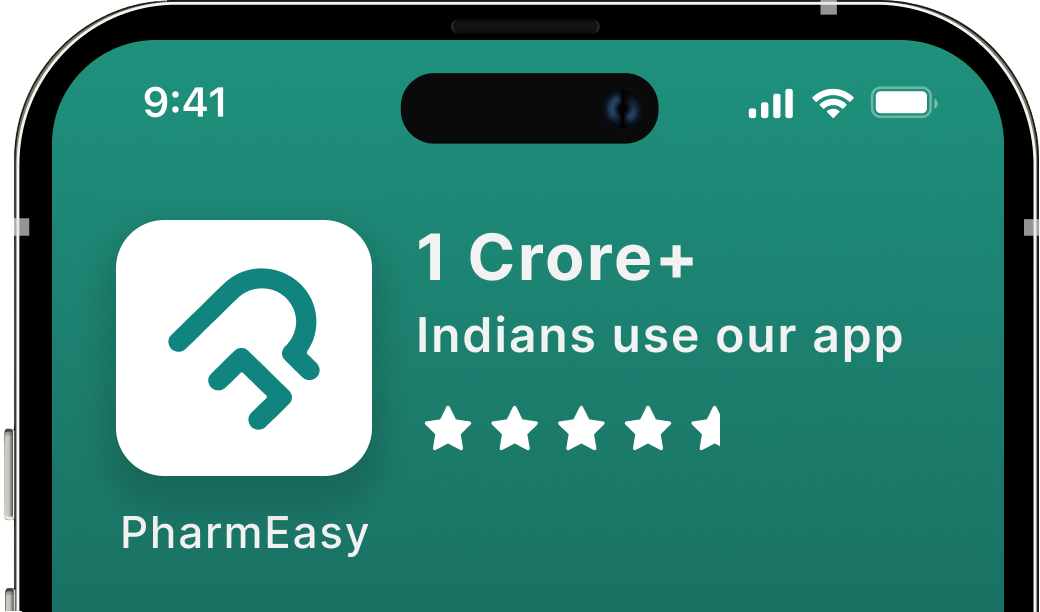


Register to Avail the Offer
Send OTPBy continuing, you agree with our Privacy Policy and Terms and Conditions

Hi There,
Sign up on PharmEasy now!!
Trusted by 4 crore+ families

OTP sent to 9988776655



You have unlocked 25% off on medicines




Code: NU25

Comments


Leave your comment here
By Dr. Charmi Shah +2 more
Table of Contents
Getting your periods can feel uncomfortable, especially if you are dealing with cramps, fatigue, or bloating. On days like this, it is natural to want to curl up in bed with a hot water bag. While it is common to reduce physical activity during your cycle, gentle exercise can help ease many menstrual symptoms1. Despite the myths surrounding exercise during periods, light exercise is generally safe during periods and may even provide noticeable relief. Here are some common symptoms experienced during menstruation:
Both physical and hormonal changes during menstruation can contribute to these symptoms2. Gentle exercise can stimulate the release of endorphins (the body’s feel-good hormones). This not only reduces pain and irritability but also improves your mood and overall sense of well-being.
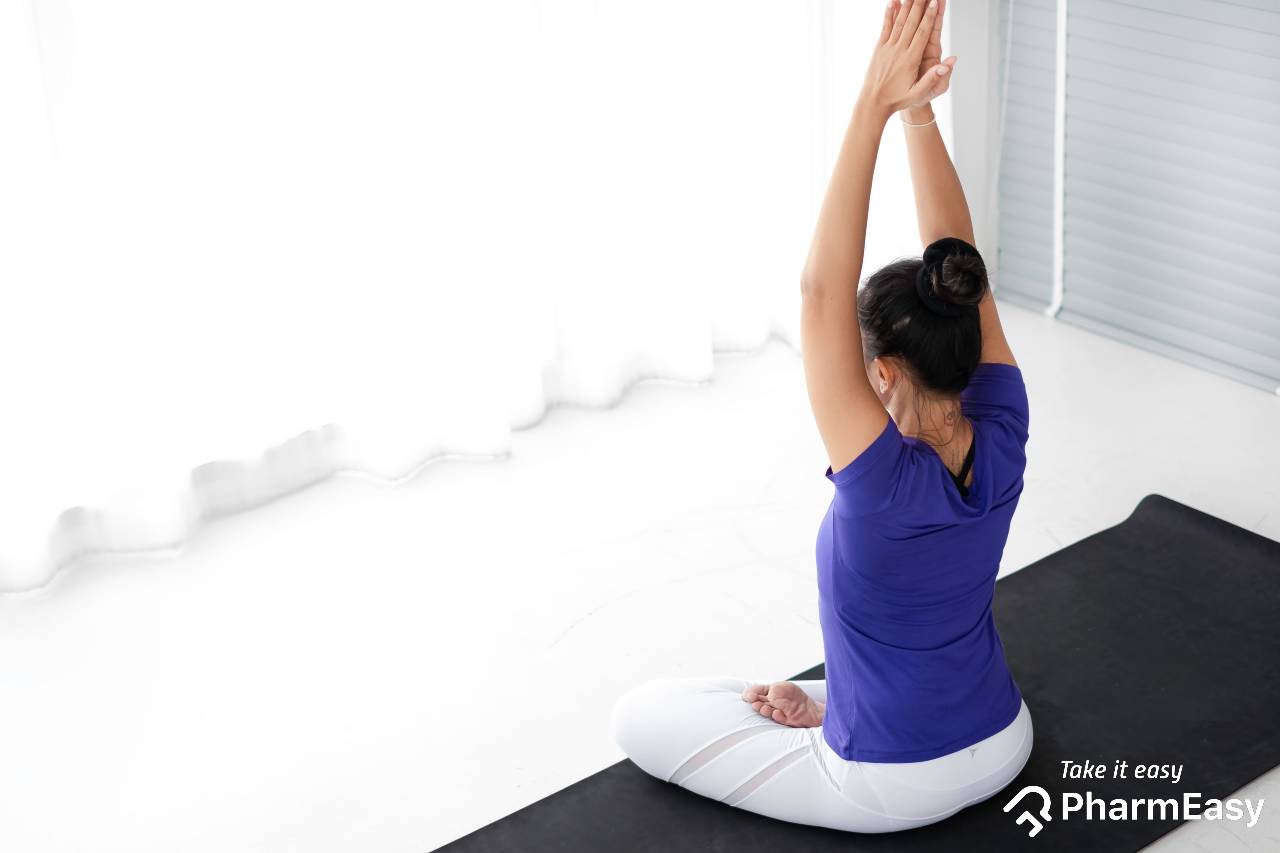
Exercising during your periods doesn’t necessarily increase discomfort in fact, gentle physical activity may ease both physical discomfort and emotional stress1. When done mindfully, exercise can help reduce period-related symptoms and support overall well-being. Here are some key benefits of exercising during periods:
Fatigue, bloating, and pain in the days leading up to your period are commonly experienced PMS symptoms. Many women also experience abdominal pain and cramping along with the above symptoms during their periods. Engaging in regular aerobic exercise may help reduce these symptoms and improve overall comfort.
Physical activity helps stimulate the release of endorphins natural mood enhancers and pain relievers. This can relieve your cramps as well as improve your emotional state3.
Some studies suggest that during the follicular phase (the first half of the cycle, when estrogen begins to rise) you may experience better strength and energy due to a low amount of certain hormones4.
Whether you are menstruating or not, exercise can help enhance mood and promote a sense of well-being.
Gentle movement, such as light walking, can improve blood circulation and reduce pelvic congestion, which may help period-related discomfort.
The first few days of your periods can be uncomfortable due to abdominal cramps and heavy bleeding. However, gentle movement can ease your symptoms. Here are eight low-impact exercises that can support your well-being during menstruation:
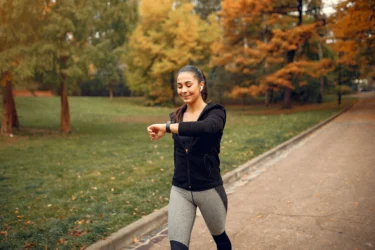
A light walk is one of the safest and easiest ways to stay active during your periods. This low-intensity aerobic activity improves blood circulation, boosts endorphin levels, and helps lift your mood. A short walk can also ease pelvic discomfort. So, lace up your favorite sneakers and hit the road.

Yes, running! If your symptoms are mild, a slow jog or light run later in your cycle can help reduce cramping. Remember to keep yourself well-hydrated and take breaks as needed.
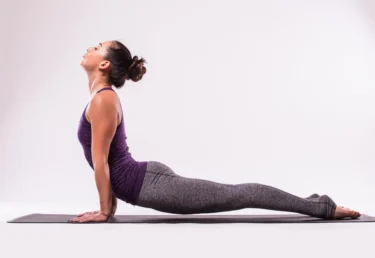
Yoga helps to relax your body and is the perfect tool for easing period discomfort. Specific yoga poses, meditation, and breathing techniques promote better blood flow and relieve cramps and bloating. Here are a few yoga poses that can help relieve your discomfort5:
Cobra pose
Cat and cow pose
Fish pose
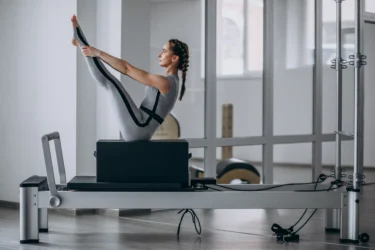
Pilates is one of the most trending workouts these days. It targets specific muscle groups and focuses on controlled movements and breathing to improve your core strength. It may help reduce cramping and promote a sense of calmness.
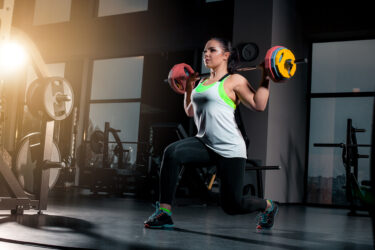
If you are used to strength training, consider switching to light weightlifting. Avoid heavy lifting during periods. Focus on muscle activation and mobility with slow, controlled movements.
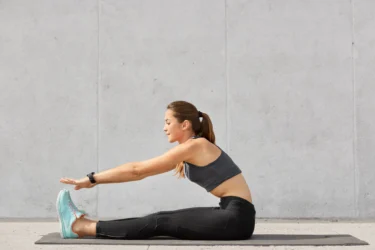
Gentle stretches at home can help relieve lower back and pelvic tension. You can try hip-opening stretches and child pose for added relief. Deep breathing during stretching can help you relax and ease muscle tightness.

Dancing is a fun activity that can uplift your mood and burn extra calories as well. Low-intensity dance forms like Zumba can promote blood flow and help reduce stress. However, you should take it at your own pace and stop if it feels uncomfortable.
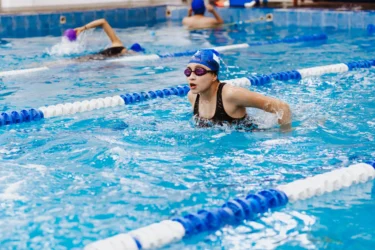
Swimming is gentle on the body and can soothe menstrual cramps. It also provides a full-body workout and can reduce irritability, mood swings, and anxiety associated with menstruation. With the right menstrual products like tampons or menstrual cups, swimming is safe and hygienic during your period. Some people even find that cool water offers temporary relief from cramps1,7,8.
Always consult your gynecologist before starting any new fitness routine, especially if you have conditions like PCOS, endometriosis, or experience heavy bleeding. Everybody is different, what matters most is finding what works best for you.
Also Read: Simple Home Remedies for Prolonged Periods
While gentle movement can ease period discomfort, it’s important not to overexert yourself. Overly strenuous workouts may put extra stress on the body and could interfere with your cycle. Here are a few key precautions to keep in mind:
Regular exercise is incredibly beneficial for both your physical and mental health, even during your period. Unless you have severe symptoms, there is no medical reason to avoid light exercise. Many doctors encourage staying active as movement may help ease cramps, improve mood, and support hormonal balance. The key is to listen to your body and choose light exercises that feel manageable to you.
Also Read: What Is PCOD? Know It’s Symptoms, Causes & Treatment
Although exercising while on your periods has many benefits, it is important not to push beyond your limits. Stop exercising and seek medical attention right away if you notice any of the following symptoms:
Overexercising can sometimes lead to missed periods. If your cycle becomes irregular or stops, it is best to consult your doctor and consider modifying your exercise regime9.
A regular menstrual cycle is a sign of good health, so taking care of your body with a balanced approach to fitness is essential.
Also Read: Best Exercises for Fatty Liver You Should Try
Regular physical activity, especially yoga and specific asanas—can support regular menstrual cycles. In individuals with PCOS or obesity, regular exercise can improve menstrual cycle regularity significantly. Additionally, exercise helps you manage stress and maintain a healthy weight, both of which are necessary for regular and less painful periods.
The most important tip for exercising during periods is to stay well-hydrated as dehydration can worsen bloating, fatigue, and cramps. Also, consider wearing breathable, moisture-wicking clothing and taking breaks as needed.
Maintaining good hygiene during your periods is important, especially when you are exercising. Choose period products that you are comfortable with (such as tampons, pads, or menstrual cups). After your workout, take a shower to get rid of the sweat and prevent irritation, change your period product, and wear clean and comfortable clothing. Always dispose of sanitary products properly.
Disclaimer: The information provided here is for educational/awareness purposes only and is not intended to be a substitute for medical treatment by a healthcare professional and should not be relied upon to diagnose or treat any medical condition. The reader should consult a registered medical practitioner to determine the appropriateness of the information and before consuming any medication. PharmEasy does not provide any guarantee or warranty (express or implied) regarding the accuracy, adequacy, completeness, legality, reliability or usefulness of the information; and disclaims any liability arising thereof.
Comments

Leave your comment...

View all comments(2)
You may also like
Iam concern that whether I can exercise during long periods
Best article for help and supporting fitness